
When Nighttime Leg Cramps Become a Concern
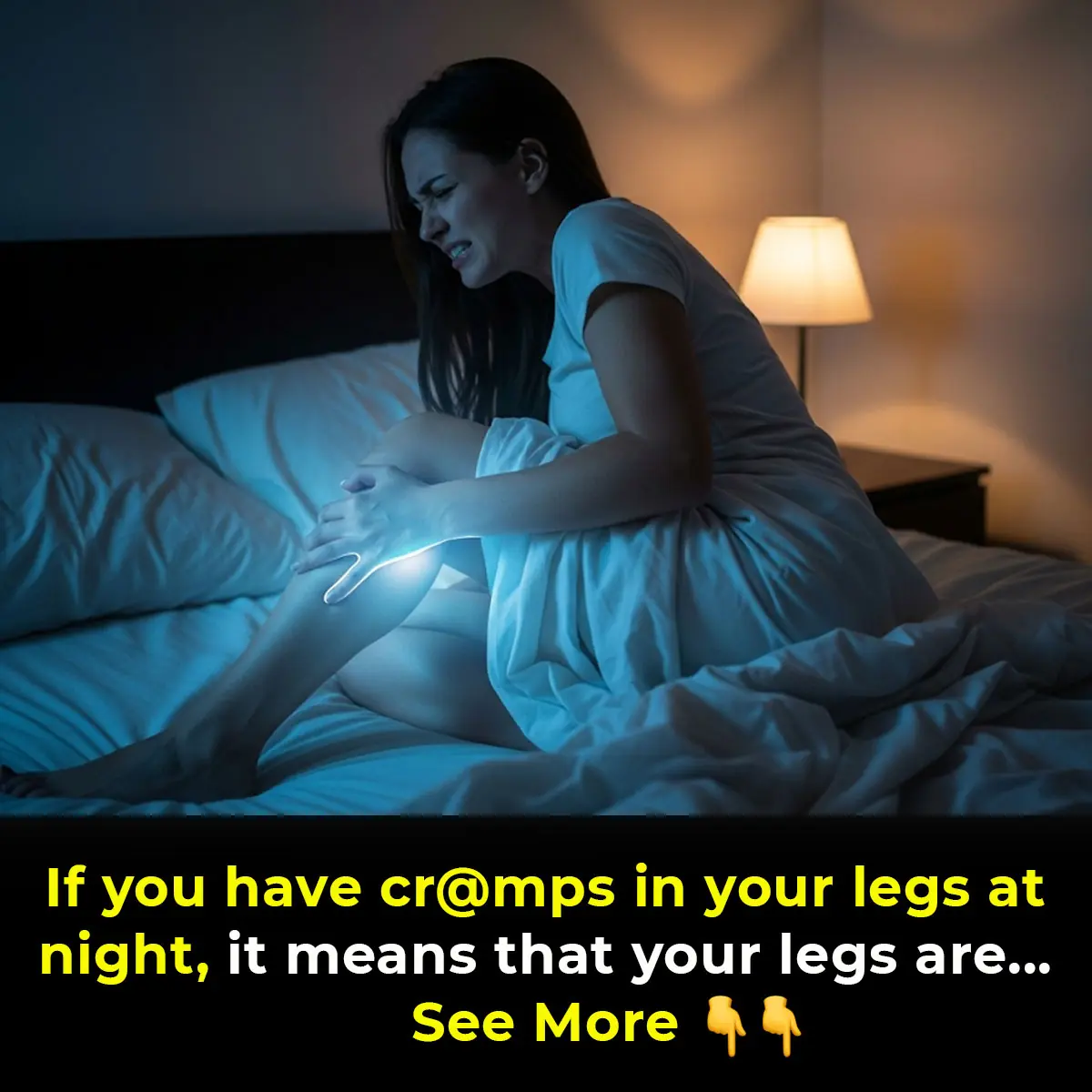
Waking up in the middle of the night with a sharp pain in your calf is more common than many realize. Nighttime leg cramps—sudden, involuntary muscle contractions, typically affecting the calves or feet—affect millions of people. While they’re often dismissed as harmless or attributed to aging or dehydration, these cramps can sometimes be a sign of a deeper health issue.
When Should You Be Concerned?
The Occasional Cramp: Usually Harmless
For most people, nighttime leg cramps are nothing to worry about. They can be caused by:
-
Overuse of muscles during the day
-
Dehydration
-
Prolonged periods of sitting or standing
-
Sleeping with feet in an awkward position
-
Electrolyte imbalances (like low magnesium, potassium, or calcium)
-
Pregnancy
For many, these cramps occur infrequently, ease with gentle stretching, and don’t return for weeks. However, in some instances, these nighttime pains could be a signal of something more concerning.
When to Seek Medical Attention
Nighttime leg cramps become a cause for concern when they occur more frequently or when certain other symptoms are present:
-
Frequent Occurrence
If you experience leg cramps more than three times a week, it may indicate a more serious issue. Frequent cramps could point to underlying problems such as poor circulation or nerve issues, especially if the cramps worsen over time. -
Severe Pain or Lasting Duration
While cramps usually last a few seconds to a minute, if the pain is intense and doesn’t subside or if the muscle remains tight and sore for hours after, it may indicate circulatory or neurological problems. -
Disrupted Sleep
Ongoing cramps that interrupt your sleep can lead to fatigue, irritability, and even depression. If your cramps are significantly affecting your ability to rest, it’s time to seek medical advice. -
Accompanied by Other Symptoms
Watch out for these red flags:
-
Muscle weakness during the day
-
Swelling in the legs or feet
-
Numbness, tingling, or burning sensations
-
Dark or tea-colored urine
-
Unexplained fatigue
These symptoms may suggest conditions such as:
-
Peripheral artery disease (PAD)
-
Kidney problems
-
Diabetic neuropathy
-
Electrolyte imbalances
-
Medication Side Effects
Certain medications are known to cause leg cramps, including:
-
Diuretics (for high blood pressure or heart disease)
-
Statins (cholesterol-lowering drugs)
-
Beta blockers
-
Some asthma medications
If you’ve recently started a new medication and cramps have become frequent, it may be worth discussing with your doctor.
-
Age and Pre-existing Health Conditions
Older adults, especially those with chronic health conditions like diabetes, vascular disease, or thyroid disorders, are more prone to leg cramps. If you have any of these conditions, your cramps may be more than just muscle fatigue.
Common Causes of Nighttime Leg Cramps
Here are the most frequent underlying causes:
-
Dehydration – Reduces blood volume and affects nerve function.
-
Electrolyte Imbalance – Low magnesium, potassium, or calcium disrupt muscle function.
-
Poor Circulation – Reduced blood flow can trigger cramps.
-
Nerve Compression – Conditions like spinal stenosis can interfere with nerve signals.
-
Prolonged Inactivity – Sitting or lying in one position for too long, especially in uncomfortable positions.
-
Overexertion – Vigorous physical activity without proper recovery can lead to cramping.
How to Prevent Nighttime Leg Cramps
Nighttime leg cramps can feel unpredictable and frustrating, but many can be prevented with small changes to your routine. Here are some effective habits that can help reduce the frequency and intensity of cramps:
-
Stretch Before Bed
A simple stretching routine before sleep can significantly reduce the likelihood of cramps. Focus on the calves, hamstrings, and feet.
Why it works: Stretching helps lengthen muscle fibers, increase blood flow, and maintain muscle flexibility overnight.
Example routine (2–3 minutes):
-
Calf stretch: Stand facing a wall with one foot behind the other. Bend your front knee and keep the back leg straight. Lean into the wall and hold.
-
Hamstring stretch: Sit on the edge of your bed, extend one leg, and gently reach for your toes.
-
Ankle circles: Rotate each ankle 10 times in both directions.
-
Stay Hydrated
Dehydration is a common cause of cramps.
Tip: Drink plenty of water throughout the day, not just at night. Aim for 6–8 glasses, or more if you're active or in a hot climate.
Bonus: Include foods rich in magnesium and potassium (bananas, avocados, spinach) to help regulate muscle contractions.
-
Replenish Electrolytes
Low levels of key electrolytes—magnesium, potassium, calcium, or sodium—can trigger cramps.
Best sources of electrolytes:
-
Magnesium: Pumpkin seeds, almonds, leafy greens, dark chocolate
-
Potassium: Bananas, sweet potatoes, oranges
-
Calcium: Dairy, tofu, fortified plant-based milks
-
Sodium (carefully): Sea salt, broth-based soups
If you suspect a deficiency, talk to your doctor about taking supplements.
-
Stay Active During the Day
Sitting or standing for long periods can make your muscles stiff and prone to cramping.
Preventive habit:
-
Walk or stretch every hour
-
Change positions if sitting for extended periods
-
Use a standing desk or footstool to vary leg pressure
Low-impact activities like walking, swimming, or cycling promote healthy circulation, reducing the chances of cramps.
-
Wear Supportive Shoes
Proper footwear is essential.
Avoid:
-
High heels
-
Completely flat shoes
-
Worn-out insoles
Use:
-
Shoes with arch support
-
Cushioned soles
-
Orthotic inserts if needed
Improper footwear can strain muscles, leading to cramps at night.
-
Optimize Your Sleeping Position
Surprisingly, the way you sleep can contribute to cramps.
Avoid:
-
Sleeping with your feet pointed downward (plantar flexion), which shortens the calf muscles.
Instead:
-
Keep your feet in a neutral, flexed position.
-
Place a pillow under your knees or feet to reduce tension.
-
Try sleeping on your back with your feet slightly elevated.
-
Warm Baths and Massages
Warmth can relax muscles and improve blood circulation.
Try:
-
A warm bath with Epsom salts (rich in magnesium) before bed.
-
Using a heating pad on your legs for 10–15 minutes.
-
Gently massaging your calves with oil or lotion.
Even just a few minutes of self-care can reduce nighttime muscle tightness.
-
Limit Alcohol and Caffeine
Both alcohol and caffeine can dehydrate you and interfere with deep sleep.
Solution:
-
Cut back on alcohol, especially in the evening.
-
Switch to herbal teas at night.
-
Balance each caffeinated beverage with a glass of water.
-
Monitor Medications
Certain medications, like diuretics, statins, and beta-blockers, may increase the risk of cramps.
What to do:
-
Never stop medication without consulting your doctor.
-
Ask your doctor if your current prescriptions could be contributing to cramps.
-
Explore alternatives if cramps become persistent and disruptive.
-
Consider Magnesium Supplements (With Care)
Magnesium is often recommended for reducing leg cramps, particularly for older adults and pregnant women.
Dosage:
Generally safe at 200–400 mg daily, taken in the evening. Always check with your healthcare provider before starting any supplement.
Some people experience relief within days, while others may take a few weeks.
Make Your Muscles Ready for Rest
Preventing nighttime leg cramps starts with preparing your body for rest—hydrated, relaxed, and well-supported. Incorporating stretching and hydration into your nightly routine can help you wake up pain-free, just like brushing your teeth.
News in the same category


The best fruits to unclog and clean your blood vessels
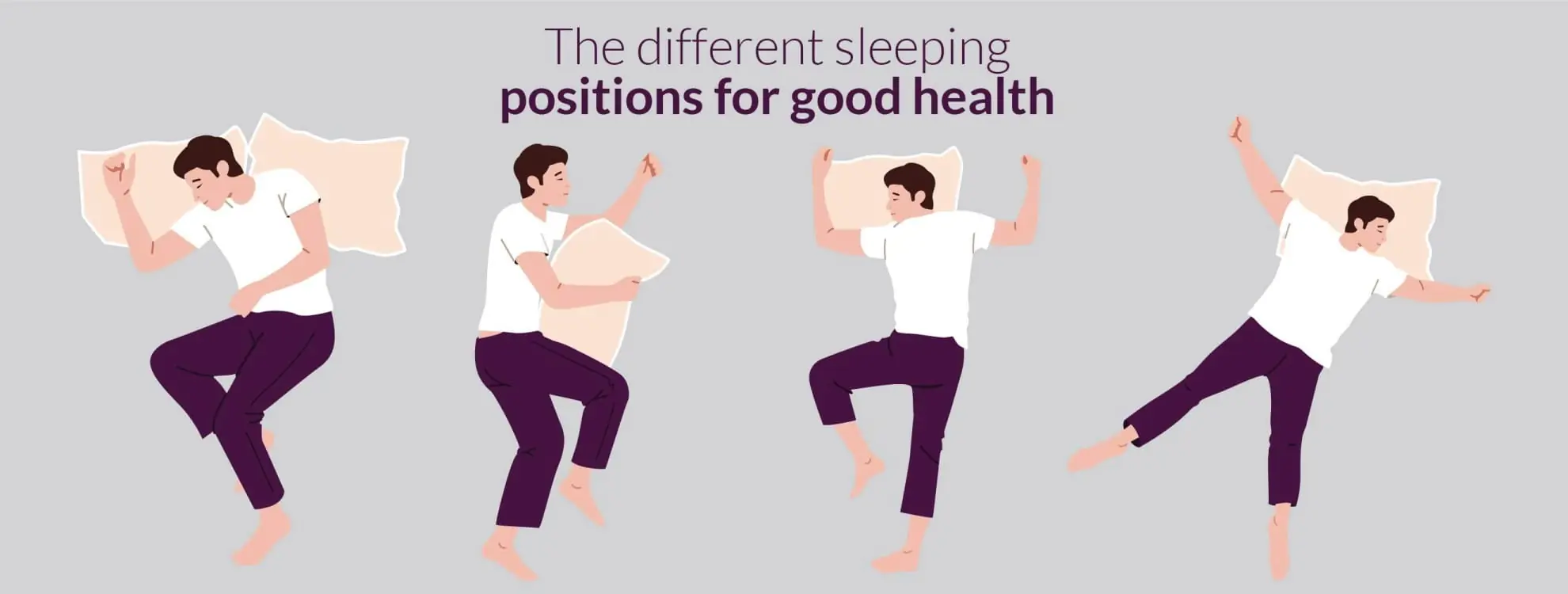
Best Sleeping Positions to Prevent Neck Pain, Reflux, and Keep Your Heart Healthy
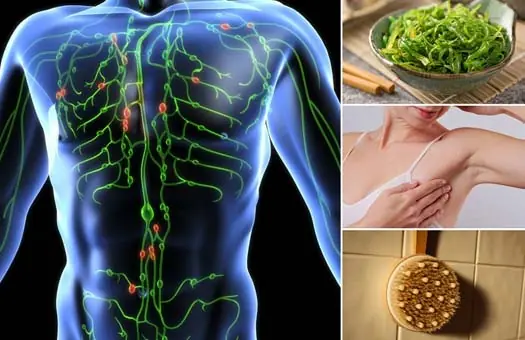
Simple Techniques to Boost Your Lymph System and Remove Toxins
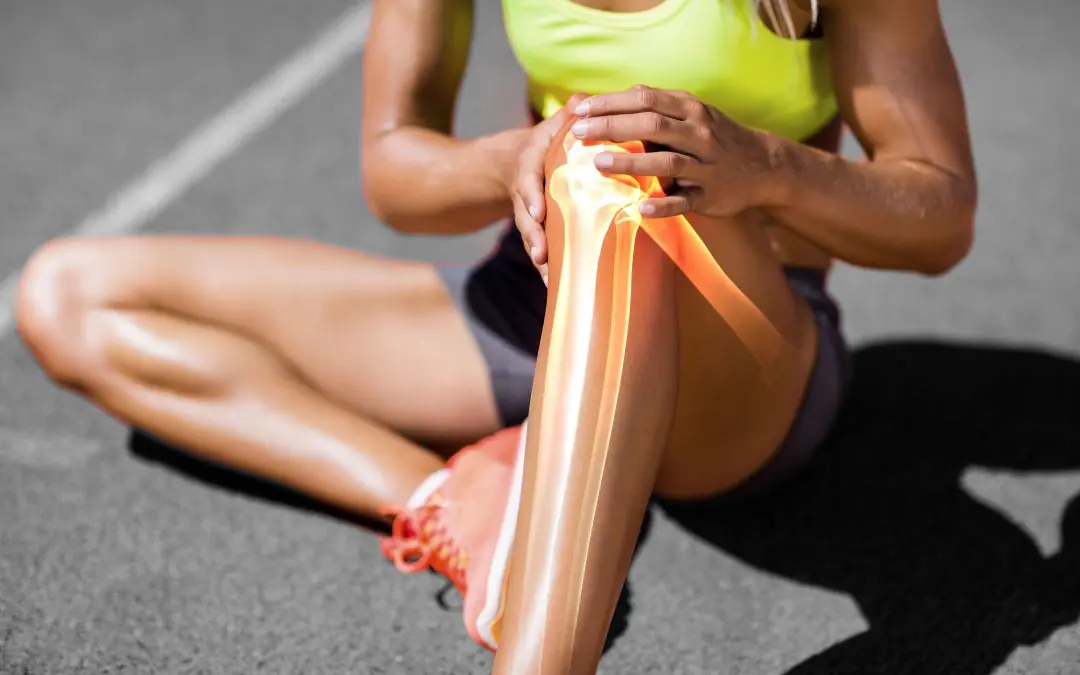
5 Common Habits That Quietly Damage Your Knees

Benefits of Walking: Why Walking is One of the Best Forms of Exercise

Doctor gives 'deeply concerning' warning after man injected himself with sperm to 'cure back pain'

Mom, 33, issues warning after noticing ‘mosquito bite’ that turned out to be much more sinister

Study Suggests Key Link That Could Help Explain Autism Development
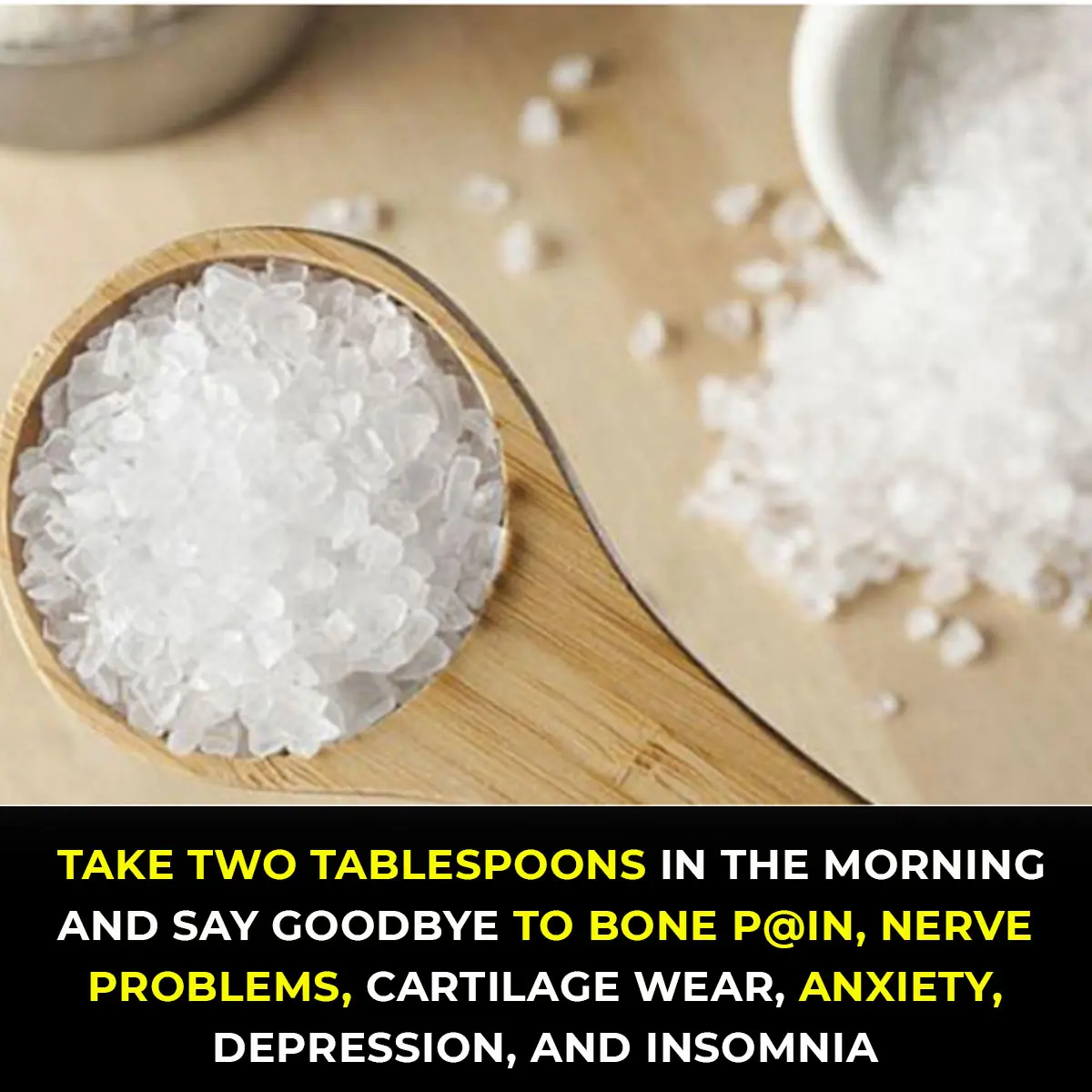
This One Superfood Could Tackle Major Health Issues—Here’s What You Need To Know

Woman’s Inoperable Brain Tumor Shrinks In Just Five Days Thanks To Cancer Breakthrough
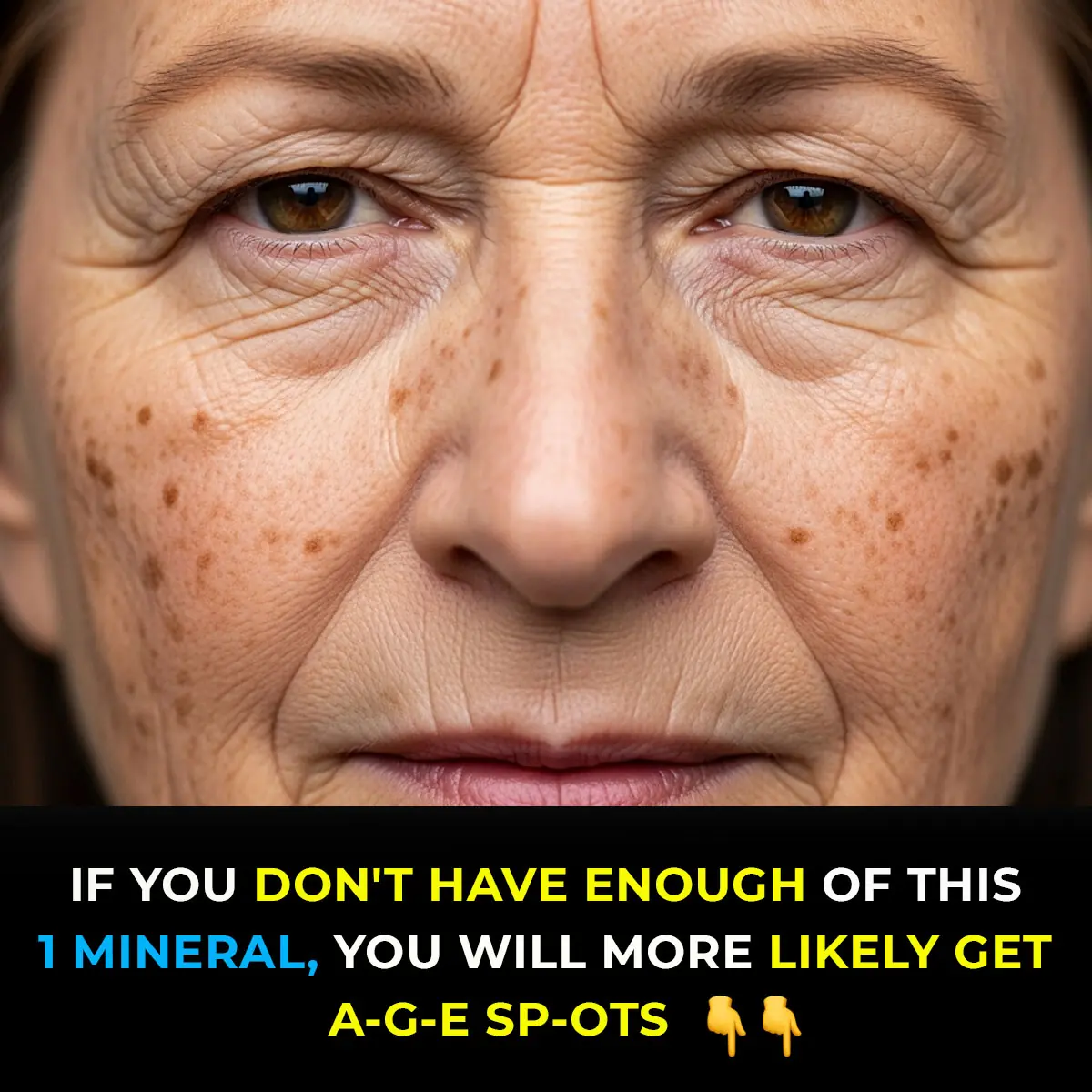
The Strengthening Power Of This One Mineral That Many Are Not Aware

Scientists Warn Foot-Long “Demonic Flesh-Eating” Worms Are Invading The U.S.—Here’s What To Do

Officials Warn Tourists As Giant Toxic Jellyfish Washes Ashore At Popular Beach
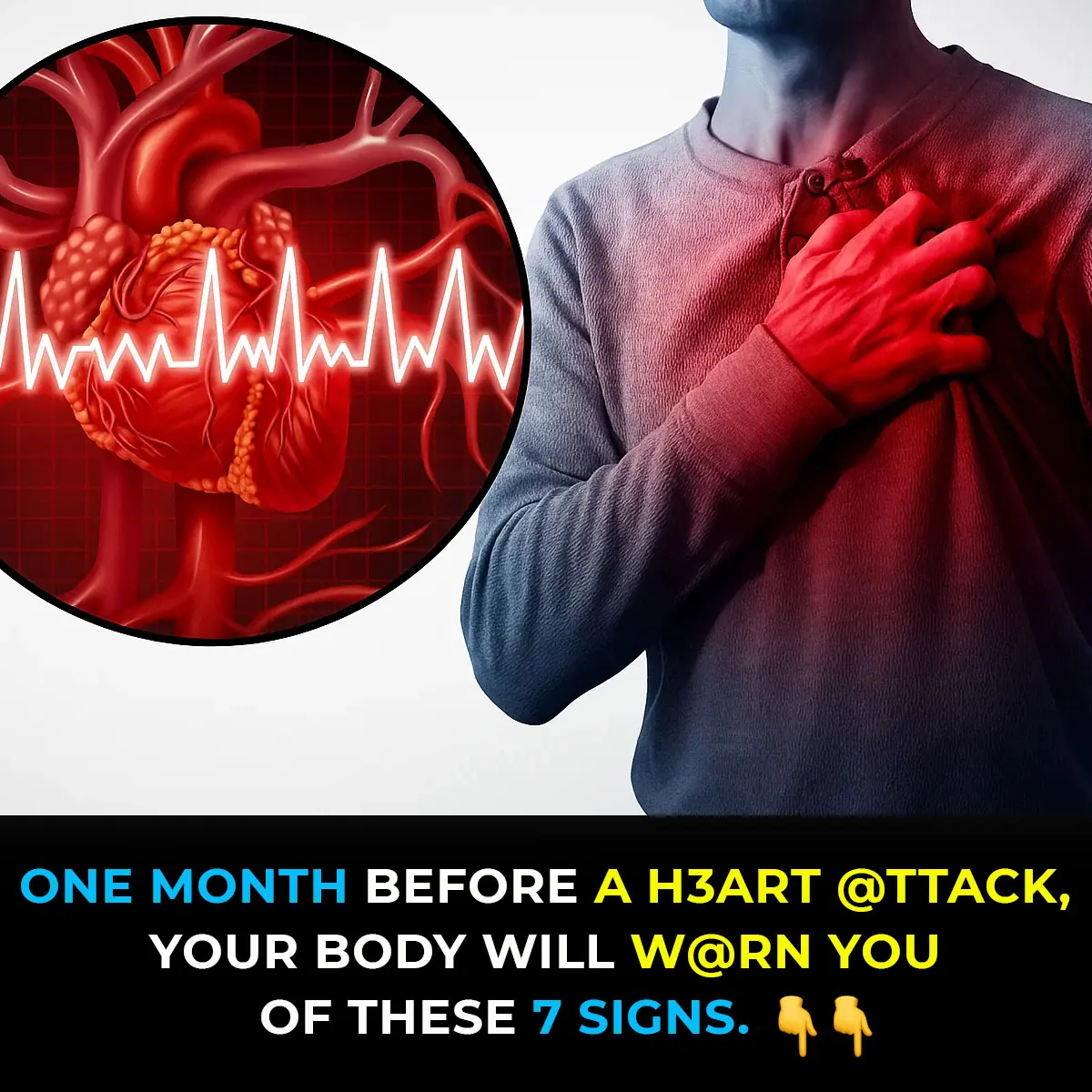
One Month Before A Heart Attack, Your Body Will Warn You Of These 7 Signs
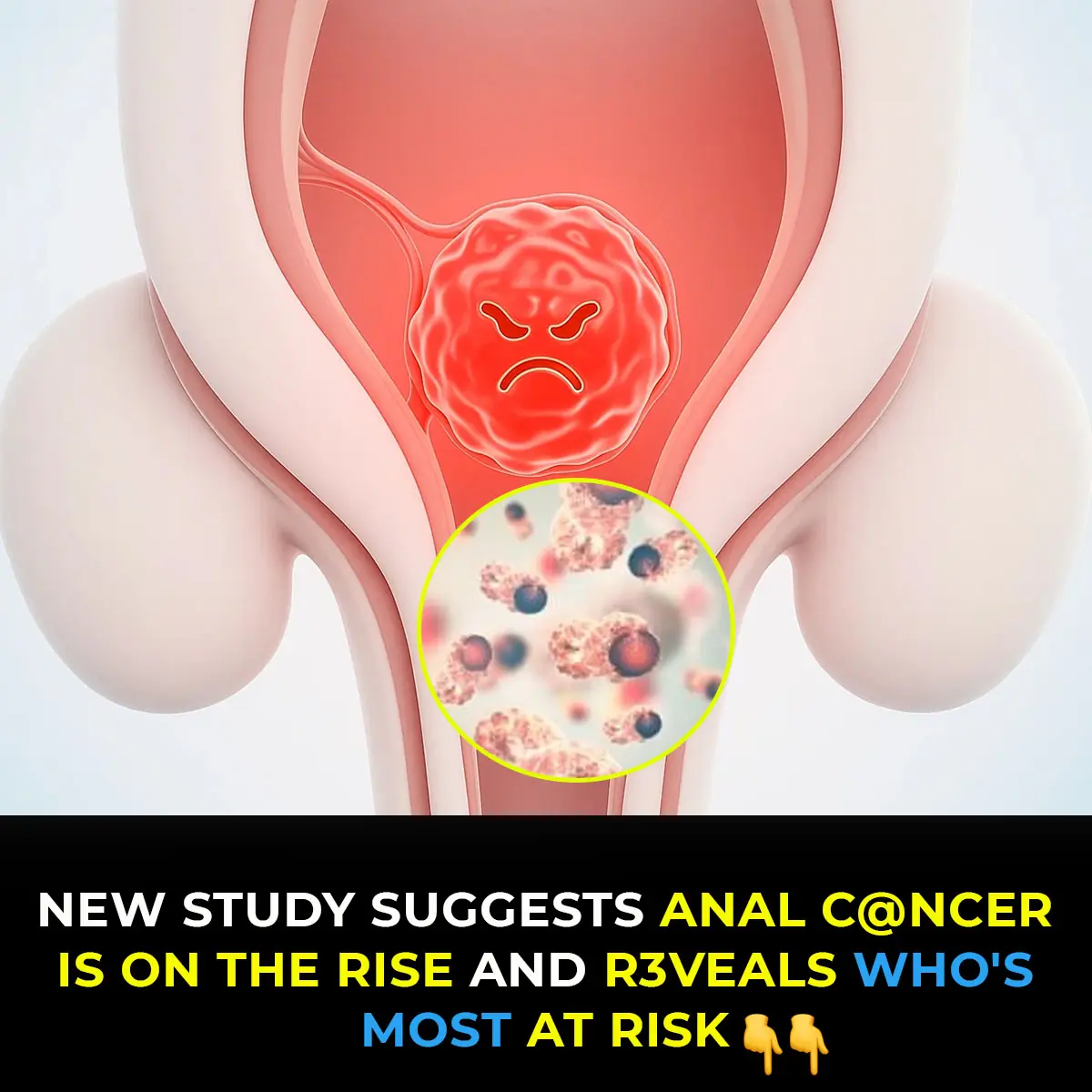
Researchers Sound Alarm Over Surge In Anal Cancer And High-Risk Populations

5 Things Doctors Say You Should Never Give Your Kids to Help Prevent C@ncer
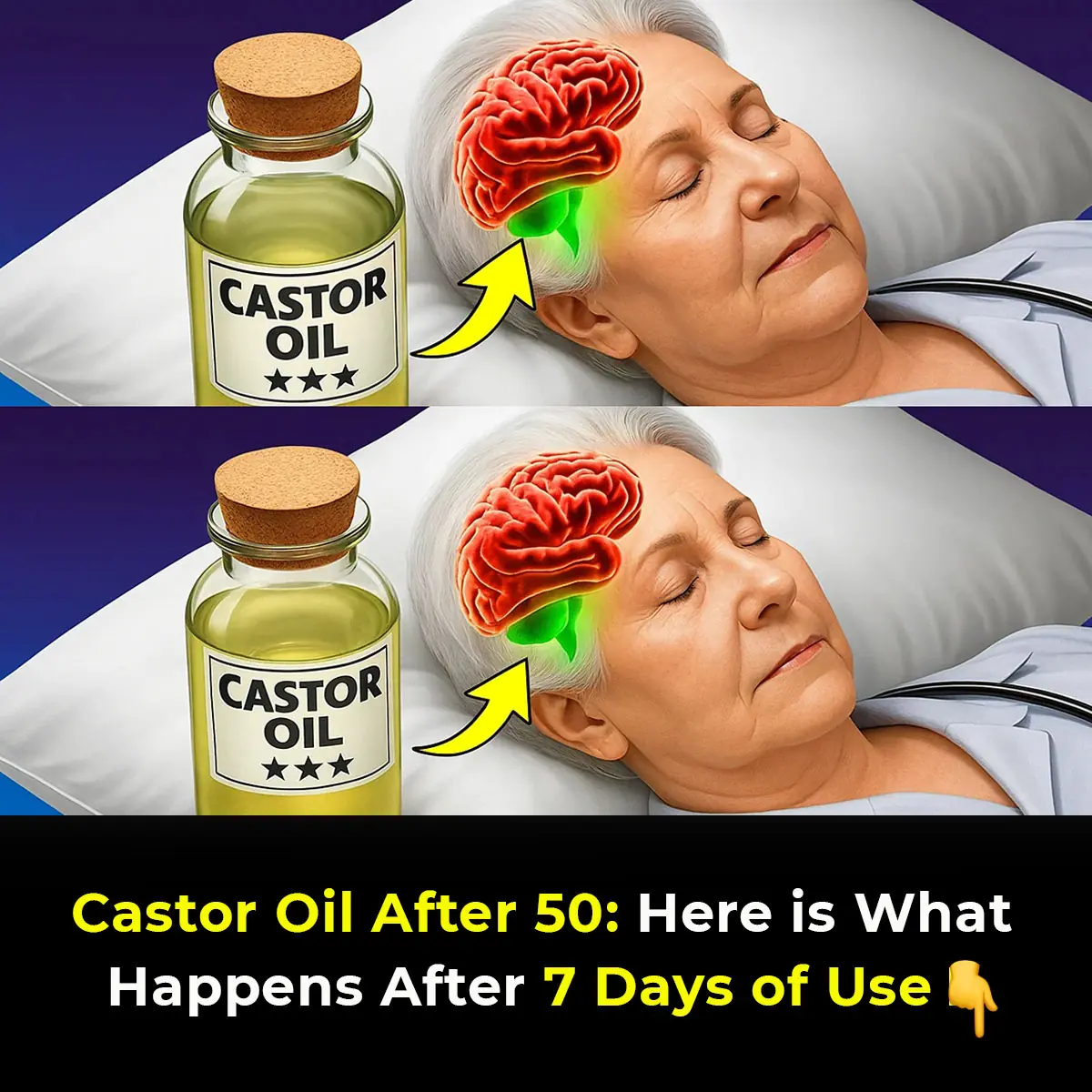
6 Powerful Castor Oil Benefits for Your Health and Wellness
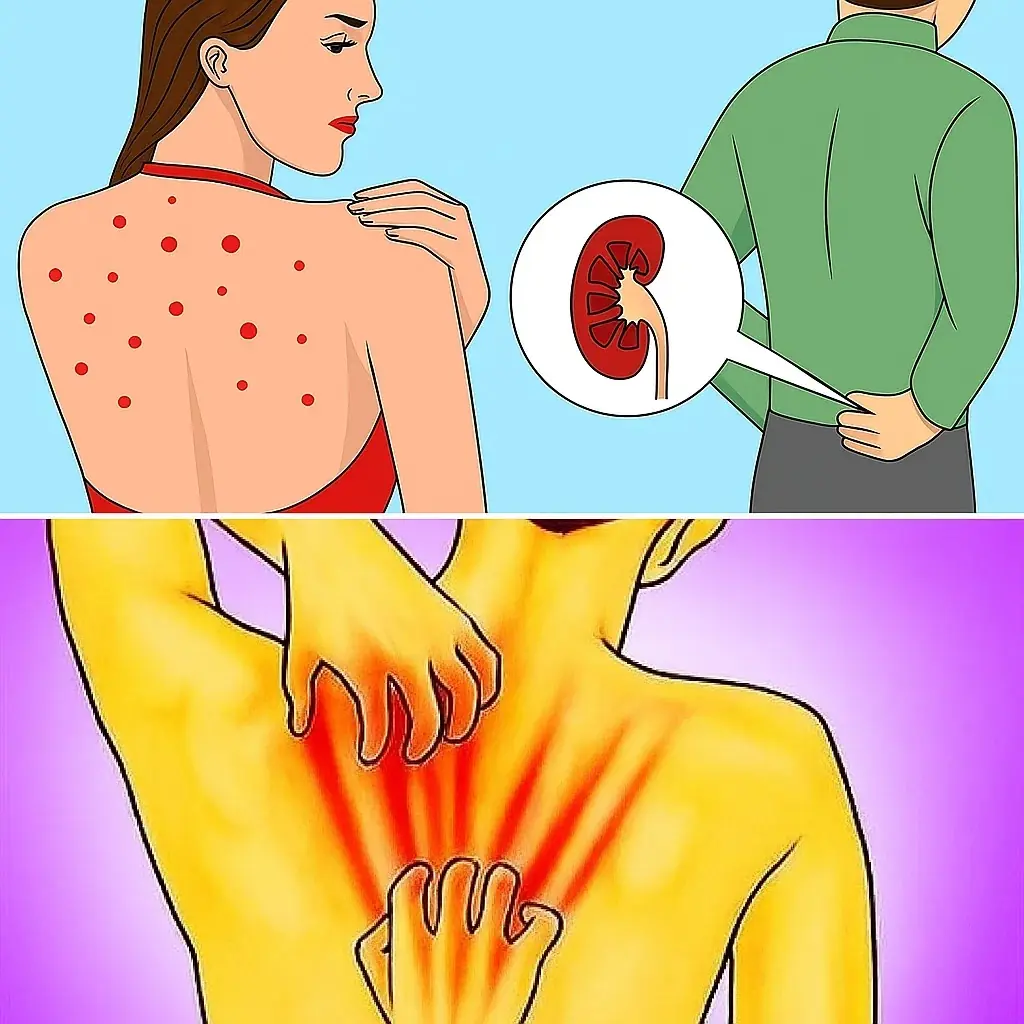
10 Warning Signs Your Kidneys May Be in Serious Danger
Your kidneys quietly work around the clock to keep your body in balance, but when they start to fail, the symptoms can be subtle and easily overlooked. Spotting these early warning signs could save your health—and even your life.
News Post

The 4 Must-Have and Inexpensive Fruits for Older Adults Who Want to Live Long!

The best fruits to unclog and clean your blood vessels

Best Sleeping Positions to Prevent Neck Pain, Reflux, and Keep Your Heart Healthy

Simple Techniques to Boost Your Lymph System and Remove Toxins

5 Common Habits That Quietly Damage Your Knees

Benefits of Walking: Why Walking is One of the Best Forms of Exercise

The Simpsons fans devastated as show 'kills off' one of the main characters for first time ever

Doctor gives 'deeply concerning' warning after man injected himself with sperm to 'cure back pain'

Mom, 33, issues warning after noticing ‘mosquito bite’ that turned out to be much more sinister

Study reveals average penis size across US states and exposes who is exaggerating

NASA releases closest-ever images to the sun and everyone is asking the same thing

Break-up coach reveals three clear signs that mean a relationship is over

“Meet K2-18b: The Distant Ocean World That Could Host Alien Life”

Secret CIA Documents Declare That The Ark Of The Covenant Is Real, And Its Location Is Known

Neuroscience Says: Listening to This Song Reduces Anxiety by Up to 65%. Hear It Yourself

Study Suggests Key Link That Could Help Explain Autism Development

Scientists Confirm Brain’s ‘Life-Flash’ Surge Just Before Death

Scientists Warn China-Identified Bat Virus Just One Mutation Away From Sparking Global Pandemic

This One Superfood Could Tackle Major Health Issues—Here’s What You Need To Know
